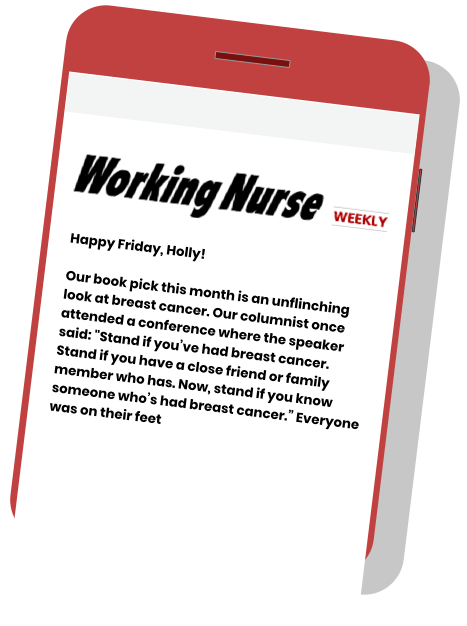Nursing & Healthcare News
Nurse Detectives at Work
Investigating maternal mortality

Each year, hundreds of new mothers die within 12 months of giving birth. The nurses and other practitioners on the CDC’s multidisciplinary mortality review committees seek to better understand why.
Health Equity Failings
While infant mortality rates are usually a matter of public concern, maternal mortality only occasionally makes headlines. Even so, the 700 or so maternal deaths that occur in the U.S. each year are not only individual tragedies, but also important indicators of broader social problems in public health and health equity.
For example, while California has lower rates of pregnancy mortality than the national average, mortality for California’s new Black mothers is disproportionately high.



